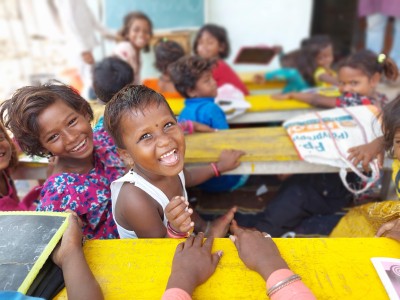As members of the lowest rank of Indian society, Dalits face discrimination at almost every level, from access to education and medical facilities to restrictions on where they can live and what jobs they can have.
Abuse of the Dalit caste is particularly high in Bihar, where we partner with local communities. Despite having just 8% of the country’s scheduled caste population, this state has one of the highest numbers of crime cases registered against scheduled castes, contributing 16-17% of all Indian crimes against Dalits.
This combination of persecution, discrimination and poverty leaves Dalit children in Bihar extremely vulnerable to harm. Not only this, but there are high numbers of ‘Musahar’ children who represent the lowest strata of the Dalit caste. The term Musahar literally translates as ‘rat eaters’, a practice which ostracises the Musahar from other Dalit castes and reflects their struggle for daily survival.
Our learning centres offer a safe, protective space for Dalit children to learn and play, with colourful classrooms and nurturing teachers. Video lessons shared through portable projectors bring learning to life and allow the children to connect with their peers around the world.
In addition to academic learning, our partners provide plenty of opportunities for the children to learn about their rights, realise their worth and participate in a huge range of experiences and joyful celebrations that they are normally excluded from in society.





